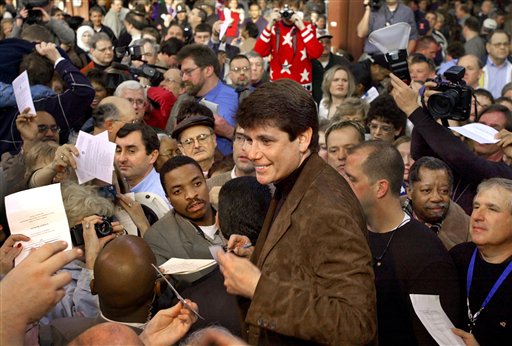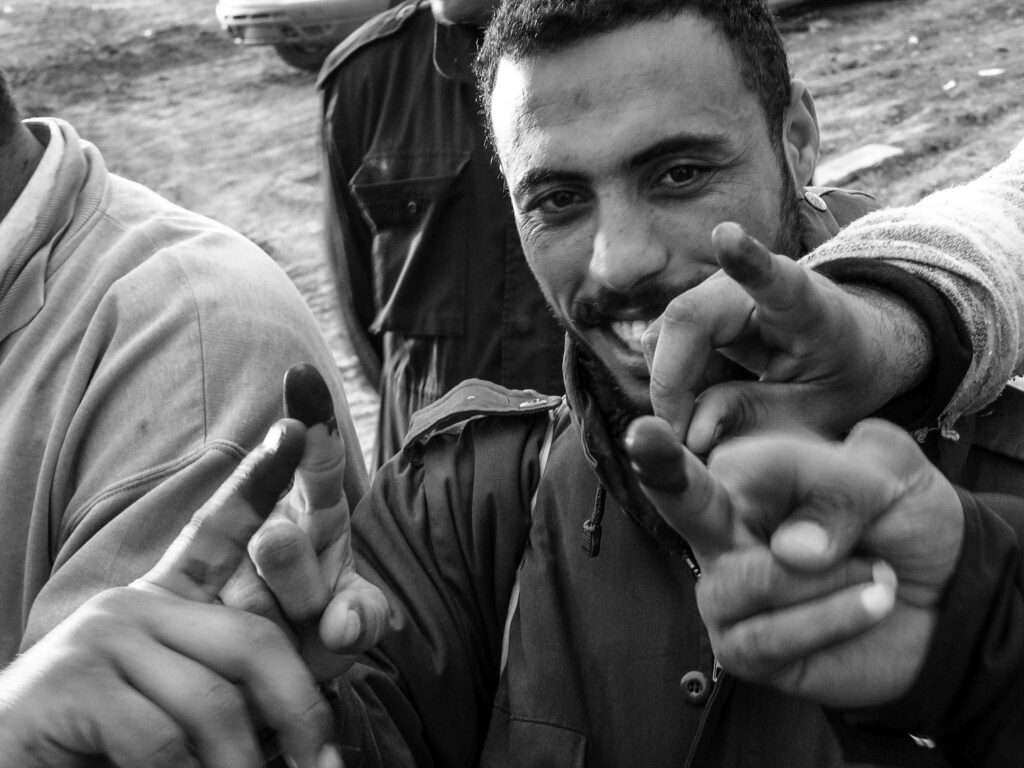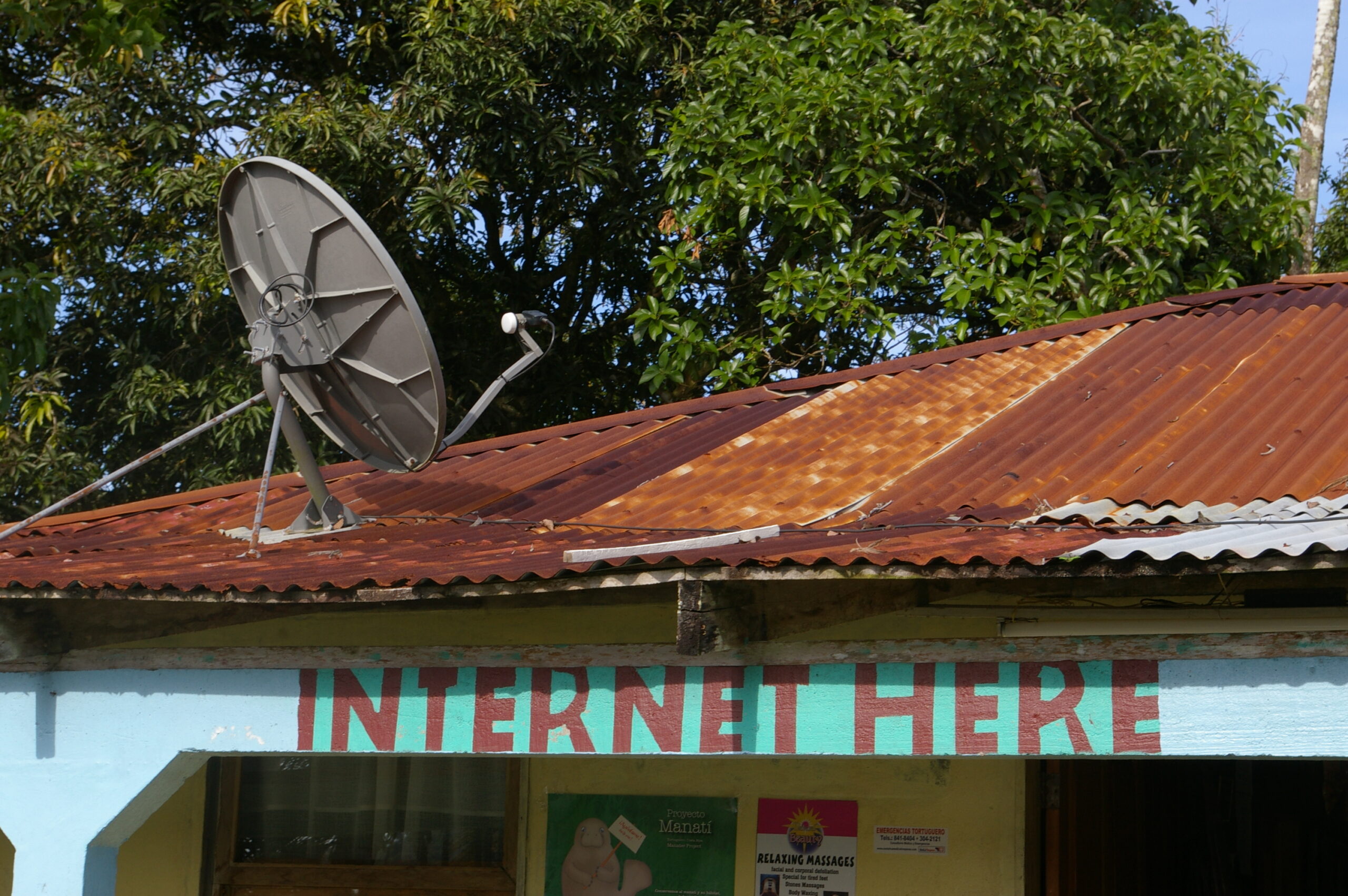Disgraced Illinois Gov. Rod Blagojevich wants his prosecutors jailed
Former Illinois Gov. Rod Blagojevich told an ethics class at Southern Illinois University Carbondale this month that he was the victim of an establishment “trying to bury me and bury the truth…The whole thing was a political prosecution.”
And he wants retribution. He told the students he hoped to see, “Everyone who framed me go right the fuck to jail.”
The House impeached Blagojevich 114-1 in 2009. The Senate removed him and barred him from ever holding office in Illinois, voting 59-0. Famed federal prosecutor Patrick Fitzgerald charged him with multiple pay-to-play crimes and a jury convicted him. Judge James B. Zagel sentenced him to 14 years in prison, saying Blagojevich has caused an “erosion of public trust in government.” Zagel died last year.

At one point Blagojevich publicly apologized. “I was the governor and I should have known better.” But there were no apologies in his talk to the students.
Blagojevich blasted “weaponized prosecutors acting as political hit men….When you don’t go with the establishment they will destroy you,” he maintained. He described the establishment as the “lobbyist-industrial complex and military-industrial complex” working in conjunction with the media.
But he’s grateful he was the “recipient of a miracle.” He called Donald Trump the “instrument” of the miracle. “That my life intersected with Donald’s was the hand of God,” he said of the man who commuted his sentence in 2020 after he served eight years.
Blagojevich made the remarks earlier this month in a media ethics class taught by Molly Parker, an investigative reporter for Capitol News who is a fellow at ProPublica and assistant professor in SIU’s School of Journalism and Advertising.
Through much of the hour-long question and answer session on Zoom, a youthful-looking Blagojevich held forth with the gregarious, cheerful banter he often displayed on the campaign trail. He made sure to ask each student’s name and addressed each by his or her first name as he concluded each of his often lengthy answers.
Blagojevich told the SIU students he was afraid his obituary would start with the statement picked up on government wiretaps about how he handled the replacement of the Senate seat that Barack Obama vacated after he was elected president in 2008.
“I’ve got this thing, and it’s fucking golden; I’m just not giving it up for fucking nothing,” he was recorded saying.
Blagojevich told the class he had not been talking about selling the seat, just getting a political advantage for it. He intimated that Obama and Obama aides knew what he was doing – hastening to add that Obama did nothing wrong, just as he claimed he hadn’t.
He complained that Judge Zagel had kept him from playing portions of the wiretaps that he said demonstrated he was engaging the usual political horse-trading, not corruption.
In his eight years in prison he pulled together a rock band – G Rod and the Jailhouse Rockers – worked out until he could bench press 180 pounds and read the Bible every day. He said he knows all eight verses of Jailhouse Rock. “I had the years to learn them,” he joked.
He attributes his “miracle” release from prison to his daily prayers and a 2010 appearance on Trump’s Celebrity Apprentice show in which he became acquainted with the president-to-be. Trump told a disappointed Blagojevich at the time that he had “great respect for your tenacity” but fired him anyway.
“Trump is actually a kind guy.” Blagojevich told the SIU students. “He was kind to my little girls,” he said.
Nevertheless he said he had to guilt trip his girls into voting for Trump in 2020. Asked how he and his family adjusted to his return, he said, he sometimes had trouble understanding his daughters, who grew up while he was in prison. “I can’t get them to kiss me.”
Blagojevich helped inmates on their legal appeals while in prison “We have a system of justice that does great injustice,” he said. “Joe Biden was an architect of the infamous 1996 crime bill and (Sen. Richard) Durbin voted for it,” he said, repeating an attack Trump has made about Biden recently as he has talked about retribution against prosecutors. Blagojevich said he has kept in touch with Trump.
“I feel blessed, he added. “Those were ugly dark years (in prison) but I came of them stronger….I feel so much closer to God, benefitting from reading the Bible…I’m giving myself marks for being a bad ass and never giving into those guys.”
(For this reporter, watching Blagojevich banter with the students was a reminder of a day 22 years ago when a then young Blagojevich walked into the St. Louis Post-Dispatch editorial meeting room seeking the paper’s endorsement for governor. He immediately named the starting lineup of the 1964 World Champion St. Louis Cardinals, warming up the baby boomers he was charming. We wrote an endorsement editorial for Blagojevich’s Republican rival, Attorney General Jim Ryan – an unexpected choice for the liberal paper.)
William H. Freivogel is a former editorial page deputy editor for the St. Louis Post-Dispatch and contributes to St. Louis Public Radio. He is a member of the Missouri Bar. He is the publisher of Gateway Journalism Review.







